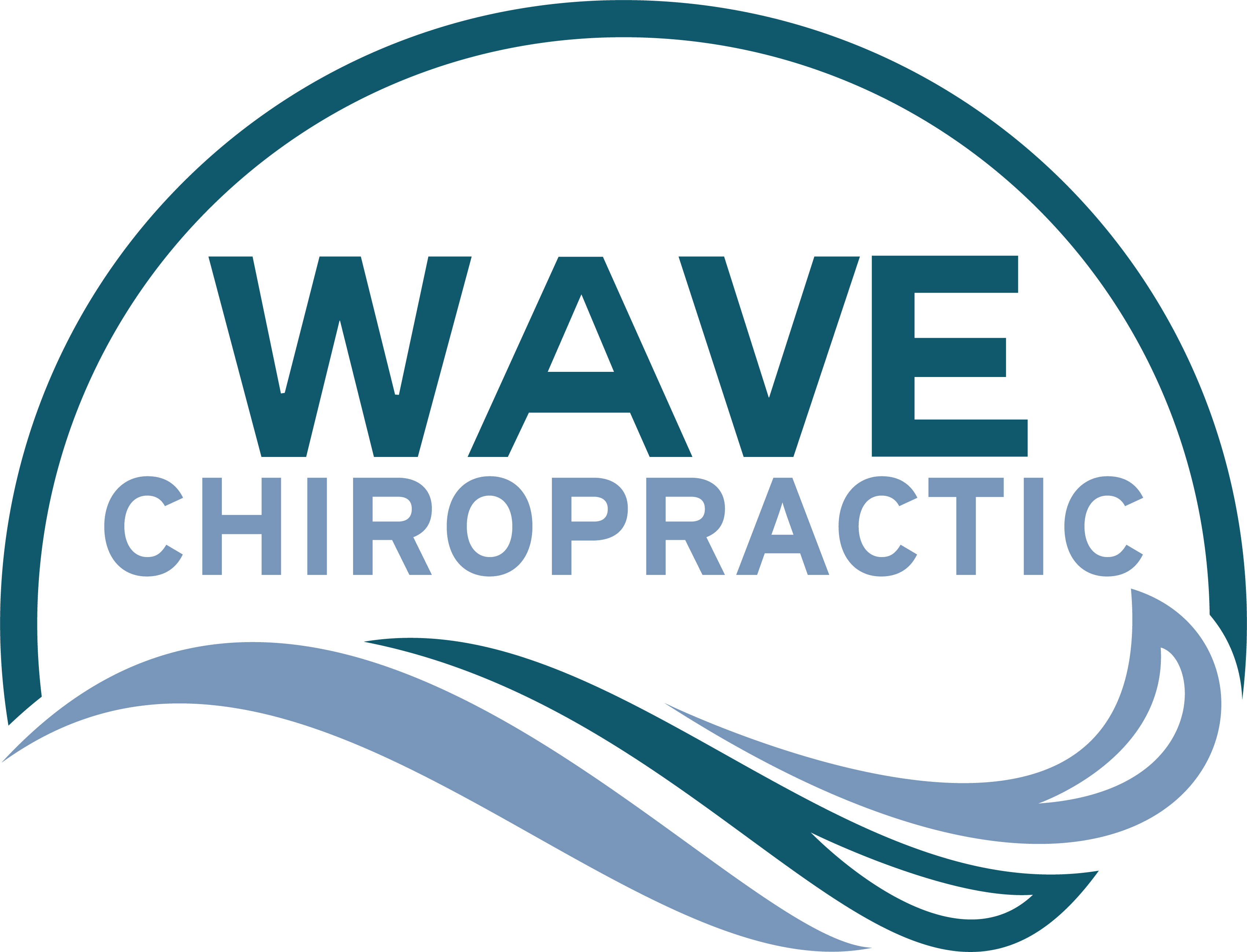When you think about pain relief and wellness, it's easy to focus solely on physical symptoms. However, have you considered how your mind and spirit play a role in your overall health? Holistic approaches invite you to explore techniques that connect these elements, offering a more thorough solution. From mindfulness practices to integrative nutrition, these strategies can transform your experience of discomfort. But what does it really mean to treat the whole person, and how can these methods fit into your daily life?
Understanding Holistic Health
When you think of health, it's easy to focus solely on physical symptoms, but holistic health invites you to contemplate the whole person—mind, body, and spirit. This approach emphasizes that your well-being isn't just about the absence of illness; it's about thriving in all aspects of life.
By understanding holistic health, you recognize that emotional and mental states can greatly influence your physical health. Instead of merely treating symptoms, holistic health encourages you to explore the underlying causes of discomfort or pain.
For instance, stress and anxiety can manifest as physical ailments, so addressing these emotional factors is key to achieving true well-being. You might find that incorporating practices like meditation, yoga, or even journaling can help alleviate not just mental distress but also physical symptoms.
Moreover, nutrition plays a crucial role in holistic health. You're not just what you eat; you're also how you eat. Mindful eating, which involves being present and aware during meals, can improve digestion and enhance your overall sense of wellness.
Engaging with your spiritual side is another essential aspect. This doesn't necessarily mean religious beliefs; it can simply involve connecting with nature, practicing gratitude, or finding purpose in your daily activities.
Benefits of Natural Therapies
Natural therapies offer numerous benefits that can enhance your overall well-being. By incorporating these approaches into your life, you can experience improved physical health, emotional balance, and mental clarity.
One key advantage of natural therapies is their ability to target the root cause of your discomfort, rather than just masking symptoms. This means you're more likely to find long-lasting relief from pain and other ailments.
Many natural therapies, such as acupuncture, herbal medicine, and massage, promote relaxation and reduce stress. When you engage in these practices, you can lower cortisol levels, which is known to contribute to various health issues. Additionally, these therapies often improve circulation and boost your immune system, helping your body to heal itself more effectively.
Another benefit is the personalized nature of natural therapies. They allow you to tailor your healing journey according to your unique needs and preferences. This individualized approach can lead to greater satisfaction and motivation for maintaining a healthy lifestyle.
Furthermore, natural therapies often have fewer side effects compared to conventional treatments. You can enjoy the benefits of pain relief and wellness without the worries of dependency or adverse reactions.
Many people also find that these therapies foster a sense of community, as they often involve practitioners and support groups that encourage shared experiences and learning.
Mind-Body Connection
Understanding the mind-body connection can be a game changer for managing pain.
By incorporating stress reduction techniques and visualization, you can foster a powerful healing environment.
Let's explore how these practices can enhance your overall well-being and alleviate discomfort.
Understanding the Mind-Body Link
Many people don't realize how deeply intertwined the mind and body are, especially when it comes to experiencing and managing pain. Your emotional state can greatly impact how you perceive pain. When you're stressed or anxious, you might find that discomfort intensifies. Understanding this connection can empower you to take control of your pain management.
Here are three key points to reflect on about the mind-body link:
- Perception of Pain: Your brain interprets signals from your body. If you're feeling relaxed and positive, your brain may perceive pain differently than when you're stressed or upset.
- Emotional Triggers: Past trauma or unresolved emotions can manifest as physical pain. Acknowledging these emotional factors can help in addressing the root causes of discomfort.
- Mindfulness Practices: Techniques like meditation and deep breathing can bridge the gap between your mind and body, promoting relaxation and reducing pain levels.
Stress Reduction Techniques
Stress can sneak into your life and considerably affect your pain levels. When you're stressed, your body responds by tightening muscles and increasing inflammation, which can intensify pain. To combat this, you can incorporate stress reduction techniques into your daily routine.
Start with deep breathing exercises. Find a quiet space, close your eyes, and take slow, deep breaths. Inhale through your nose, hold for a moment, and exhale through your mouth. This not only calms your mind but also relaxes your body.
Next, consider mindfulness meditation. By focusing on the present moment, you can reduce anxiety and stress. Set aside a few minutes each day to sit quietly and observe your thoughts without judgment.
Gentle physical activities like yoga or tai chi can also be beneficial. These practices promote relaxation and improve flexibility, which can help alleviate tension.
Lastly, don't underestimate the power of social connections. Talking to a friend or spending time with loved ones can provide emotional support and help you manage stress more effectively.
Visualization and Healing
Visualization techniques can play a powerful role in your pain relief strategy by harnessing the mind-body connection. By using your imagination, you can create mental images that promote healing and reduce discomfort. Here's how to get started:
- Create a Safe Space: Imagine a calming environment, like a beach or a serene forest. Visualize every detail—sounds, smells, and colors. This mental sanctuary helps reduce stress and enhances your overall well-being.
- Picture Healing Light: Envision a warm, healing light surrounding the area of pain. As you visualize this light, imagine it penetrating deep into your body, easing tension and promoting relaxation. Feel the warmth as it soothes your discomfort.
- Set Positive Intentions: Focus on affirmations or positive outcomes. Picture yourself moving freely and engaging in activities you love. This mental rehearsal can boost your confidence and motivate you toward recovery.
Incorporating visualization into your pain management can enhance your healing journey. By regularly practicing these techniques, you can strengthen the mind-body connection and empower yourself toward greater wellness.
Integrative Nutrition
When you focus on integrative nutrition, you're choosing nutrient-dense foods that can support your overall health and help manage pain.
Incorporating anti-inflammatory ingredients into your meals can directly impact your body's response to discomfort.
Let's explore how these choices can make a difference in your pain relief journey.
Nutrient-Dense Foods
Nutrient-dense foods play an essential role in integrative nutrition, directly influencing your body's ability to manage and alleviate pain. When you incorporate these foods into your diet, you provide your body with the vitamins, minerals, and antioxidants it needs to function efficiently.
This can lead to improved overall health and a reduction in pain levels.
Here are three nutrient-dense foods you should consider adding to your meals:
- Leafy Greens: Spinach, kale, and Swiss chard are packed with vitamins A, C, and K. They provide essential nutrients that support your immune system and overall well-being.
- Berries: Blueberries, strawberries, and raspberries are rich in antioxidants. These compounds help combat oxidative stress in the body, which can contribute to inflammation and pain.
- Nuts and Seeds: Almonds, walnuts, and chia seeds offer healthy fats, protein, and fiber. They can help keep you satiated while providing essential nutrients that support joint and muscle health.
Anti-Inflammatory Ingredients
Incorporating anti-inflammatory ingredients into your diet can markedly enhance your body's ability to manage pain and promote healing. Foods rich in antioxidants, omega-3 fatty acids, and specific vitamins can help reduce inflammation, which often underlies chronic pain conditions.
Start by including fruits and vegetables, especially berries, cherries, and leafy greens. These are packed with antioxidants that combat oxidative stress.
Don't forget spices like turmeric and ginger; both contain powerful anti-inflammatory compounds that can be easily added to various dishes.
You should also consider fatty fish, such as salmon and mackerel, since they're high in omega-3 fatty acids, known for their anti-inflammatory effects.
Nuts and seeds, particularly walnuts and flaxseeds, can provide additional healthy fats and nutrients to your meals.
Furthermore, olive oil is a great choice for cooking or dressings due to its high content of oleocanthal, which mimics the action of ibuprofen.
By consciously choosing these ingredients, you can make a significant impact on your overall health and pain levels, paving the way towards a more balanced and pain-free life.
Movement and Exercise
Movement and exercise can greatly ease chronic pain, helping you break free from the cycle of discomfort. Engaging in regular physical activity not only strengthens your muscles but also increases flexibility, promotes circulation, and releases endorphins—your body's natural pain relievers.
You might be surprised by how even simple movements can make a significant difference in your overall well-being.
Here are three effective ways to incorporate movement into your daily routine:
- Gentle Stretching: Begin your day with light stretching exercises. This can improve blood flow and flexibility, reducing tension in your muscles and joints. Focus on areas where you feel the most tightness, and hold each stretch for 15-30 seconds.
- Walking: A brisk walk can be a game-changer. Aim for at least 30 minutes a day, whether you prefer walking outdoors or on a treadmill. Start with shorter durations and gradually increase your pace and distance. The rhythmic motion can also serve as a mental break.
- Low-Impact Activities: Consider swimming, cycling, or yoga. These activities provide a full-body workout while being gentle on your joints. They allow you to build strength and endurance without exacerbating pain.
Mindfulness and Stress Reduction
Practicing mindfulness can greatly reduce stress and enhance your overall pain management. By focusing on the present moment and acknowledging your thoughts and feelings without judgment, you create a powerful tool for managing pain and stress. When you engage in mindfulness, you shift your attention away from the discomfort and toward your breath or body sensations, which can help you feel more grounded.
Start by setting aside just a few minutes each day for mindfulness practice. Find a quiet space where you can sit comfortably. You can close your eyes or soften your gaze. Breathe deeply, inhaling through your nose and exhaling through your mouth. As thoughts arise, acknowledge them and gently bring your focus back to your breath. This simple act of returning your attention can train your mind to respond to stress more effectively.
Incorporating mindfulness into your daily routine can create lasting benefits. When faced with stressful situations or pain, you'll find it easier to remain calm and centered. Techniques like body scans or mindful walking can also deepen your practice. These methods encourage you to connect with your body, helping you to release tension and promote relaxation.
As you become more familiar with mindfulness, you may notice a reduction in stress levels and an increased ability to cope with pain. Remember, it's about progress, not perfection. Be patient with yourself, and allow your mindfulness practice to grow over time, enhancing both your well-being and your pain management strategies.
Conclusion
Incorporating holistic approaches to pain relief and wellness can transform your life. By embracing the mind-body connection, exploring natural therapies, and focusing on integrative nutrition, you empower yourself to manage pain more effectively. Movement, gentle exercises, and mindfulness practices not only alleviate discomfort but also enhance your overall well-being. Remember, your journey to wellness is unique—find what resonates with you and make it a part of your daily routine for lasting relief and energy.

